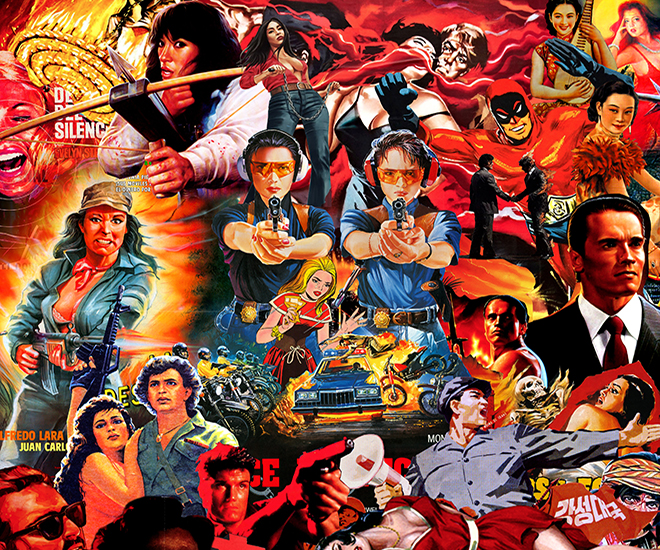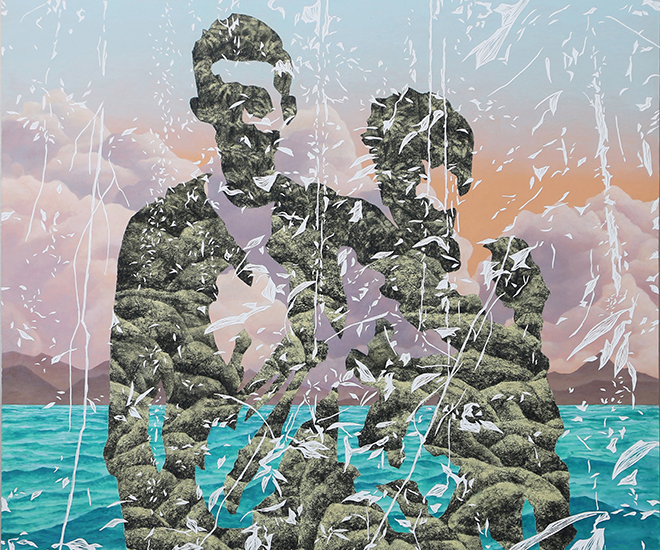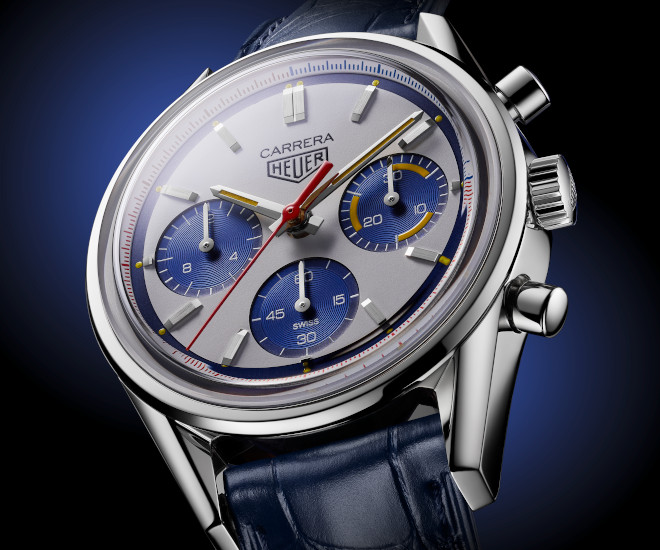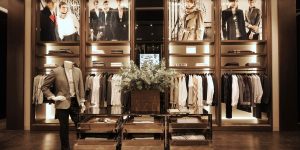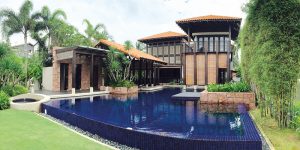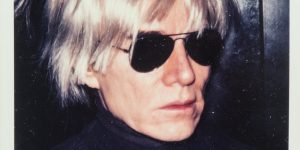An Interview with Christoph Noe
In conversation with Christoph Noe, co-founder of Larry’s List

Christoph Noe in conversation with Patrizia Sandretto Re Rebaudengo. Image courtesy Christoph Noe.
An art entrepreneur, Christoph Noe has made a career out of providing timely information about artists, art collectors and the art market in general. Noe founded The Ministry of Art in 2005 with a focus on contemporary Chinese artists specifically from the post-1970s and 1980s generation. In 2013, he co-founded Larry’s List that presented information on and gave access to art collectors. The company has gone on to publish the ‘Art Collector Report’ in 2015 and the ‘Private Art Museum Report’ in 2016 in a global survey of art collectors and the phenomenon of private museums around the world respectively.
With his wealth of knowledge in the art market, Noe is also a trusted advisor to corporations who patronise the arts. His list of clients includes Rolls-Royce and Hugo Boss, working on initiatives such as the Hugo Boss Asia Art Award. Noe will be part of a panel teaching the professional short course, ‘Corporate Engagement and Contemporary Art: Trends and Developments’ at the NTU Centre for Contemporary Art Singapore at the end of the month.
Ahead of his trip to Singapore, ART REPUBLIK put some questions to Noe to find out about the work he does, what he prescribes as the winning formula for private museums, and what participants can look forward to in his course at NTU CCA Singapore.
You founded The Ministry of Art in 2005 to engage with the Chinese art scene, with a focus on the post-seventies and eighties generation of artists. Why this geographical location and this period in particular?
I moved to Beijing in late 2004. This was a very exciting moment in China, including the country’s art scene. New galleries opened, art fairs were set up, art magazines were launched and Chinese art appeared in international auctions. Given my background in economics and business administration, I was interested in contemporary art — not Chinese but Western — from an early age. Moving to Beijing, I became excited about the art scene and Chinese contemporary art, and decided to leave my job at a multinational corporation behind to start my own business in contemporary art.

Photo of Christoph Noe. Image courtesy Christoph Noe.
I read that Larry’s List was founded on the premise that collectors were becoming more interested in sharing and speaking about their collections. Why do you think this is the trend?
I would not say it is a trend any more. Art is now in the mainstream and has become part of our lifestyle. I am not talking about collecting but about art in general. You can read about art in lifestyle and fashion magazines, for instance. And thousands of people visit art fairs and queue up for museum shows. Of course, this is not true for every part of the world but if you compare the situation to what was going on some years ago, there is a significantly higher general interest in contemporary arts. And with a broader acceptance and embrace of art, collectors are also more willing to share their passion and their collection. Collecting has become a medium of social interaction for people. And in China, collectors have always been more open to speak about their collection.
Social media, especially Instagram, is also a perfectly suitable platform for sharing art and art collections. This has certainly encouraged collectors to share their art. Nevertheless, there are still those who collect more discreetly and that is fine too. We never had the ambition to “out” collectors; there are enough who want to speak.
The ‘Private Art Museum Report’ followed in 2016 after the publishing of the ‘Art Collector Report’ in 2015. Just last year, we’ve seen the opening of two major museums in Southeast Asia with MACAN and MAIIAM. Do you think we will continue seeing more private Asian art museums in the near future?
Definitely. I know of a few museums in the regions that are in the making. I would say that in the West, collectors tend to collect decades before they consider opening a museum, often to highlight their collecting career. In Asia, the time span between starting a collection and opening a museum is much, much shorter.

Photo of MAIIAM. Image courtesy MAIIAM.
And in your opinion, what is the top reason for collectors to embark on these projects?
There are a number of reasons. Some collectors see the need to bring contemporary art to public attention as there is an absence of public museums. Of course, collectors also want to create a platform and opportunity for communicating and exchanging with others. I like this quote by Damien Hirst: “Buy art, build a museum, put your name on it, let people in for free. That’s as close as you can get to immortality.” There is certainly truth in that. On this note, Hirst is opening a private museum himself. Of course taxation and succession planning can play a role as well.
What are the elements for building and sustaining a successful private art museum?
This is a complicated question. Sustainable planning is important. Sometimes, you have the feeling that a museum plans only 2-3 years ahead. I am aware that cycles are shorter today, but one might want to consider a planning period of 10 maybe of 20 years; maybe not on a programming level but in regard to formulating a vision. It is about building a brand, and building a cultural brand at that. This is not easy and requires time, energy and endurance.
And while we see amazing samples of architecture for private museums, the shell is only one part. The question is how to fill that shell.
You advise a number of brands on their art engagements in Greater China. For Hugo Boss, you helped to set up the bi-annual Hugo Boss Asia Art Award in cooperation with the Shanghai-based Rockbund Art Museum. What are your primary responsibilities as a/n (corporate) art advisor?
These were amazing projects. For HUGO BOSS, I am very fortunate that I could be part of it from the very beginning. My role is very comprehensive, from developing the first edition of the award, to selecting agencies that support communications all the way to topics such as budgeting. Of course, the art is the core, but many parts of the project are similar to consulting projects I have worked on before, when I was still a management consultant.
Why does it make sense for companies to patronise the arts, and how does this patronage benefit artists and art scenes in general?
On a very general level, I am excited when corporations contribute to a flourishing art landscape. Brands often have the power to communicate to a larger audience, and usually one that is not always aware of what is happening in the arts. Artists are increasingly aware of that power and are excited when brands ask them to collaborate. The range of such collaborations is massive: it can start with artists designing t-shirts, to art cars, and even to awards as the ones we have for HUGO BOSS. And the benefits for the artist can range from immediate financial incentives to institutional exposure. Companies or brands can function as facilitators or gap fillers to create something very meaningful.

Robert Zhao Renhui, ‘The Nature Museum, the Institute of Critical Zoologists’, installation view of “HUGO BOSS ASIA ART 2017”, 2017, Shanghai Rockbund Art Museum. Image courtesy Hugo Boss.
In your interactions with art collectors and your observations of the art market, what advice would you give to less experienced art collectors in putting together a collection, whether personal or corporate?
Do your research! I have met collectors who have literally read every single article and book available on an artist. Collecting is more then the actual art acquisition. It is reading about the artist, researching their works, visiting the studio, following different periods of the body of work, speaking to other collectors, curators, and so on. Researching the market value of the artist is also important.
And a very personal piece of advice probably more suited for private collectors: if you like a work, then sleep on it for one night. If the work pops up in your thoughts first thing next morning, go for it.
What was the last show that you saw?
‘Hello World!’ at Hamburger Bahnhof in Berlin. The artist Liu Ye is part of the show. I edited the catalogue raisonné for Liu Ye so I am following the artist closely.
What is your favourite place to see art?
In my home.
What project are you working on now?
I am excited that I was invited to teach a course on corporate art engagement late May at NTU CAA. We will do some best practice sharing with industry experts including corporate art representatives from FOSUN and UBS to get more people excited about the range of formats and opportunities for corporates and brands to engage with art.
More information at ntu.ccasingapore.org.
This is part of ‘A Select Group’, a series of conversations about collecting with art collectors and art advisors in Southeast Asia and beyond, brought to you by ART REPUBLIK both online and in print.
